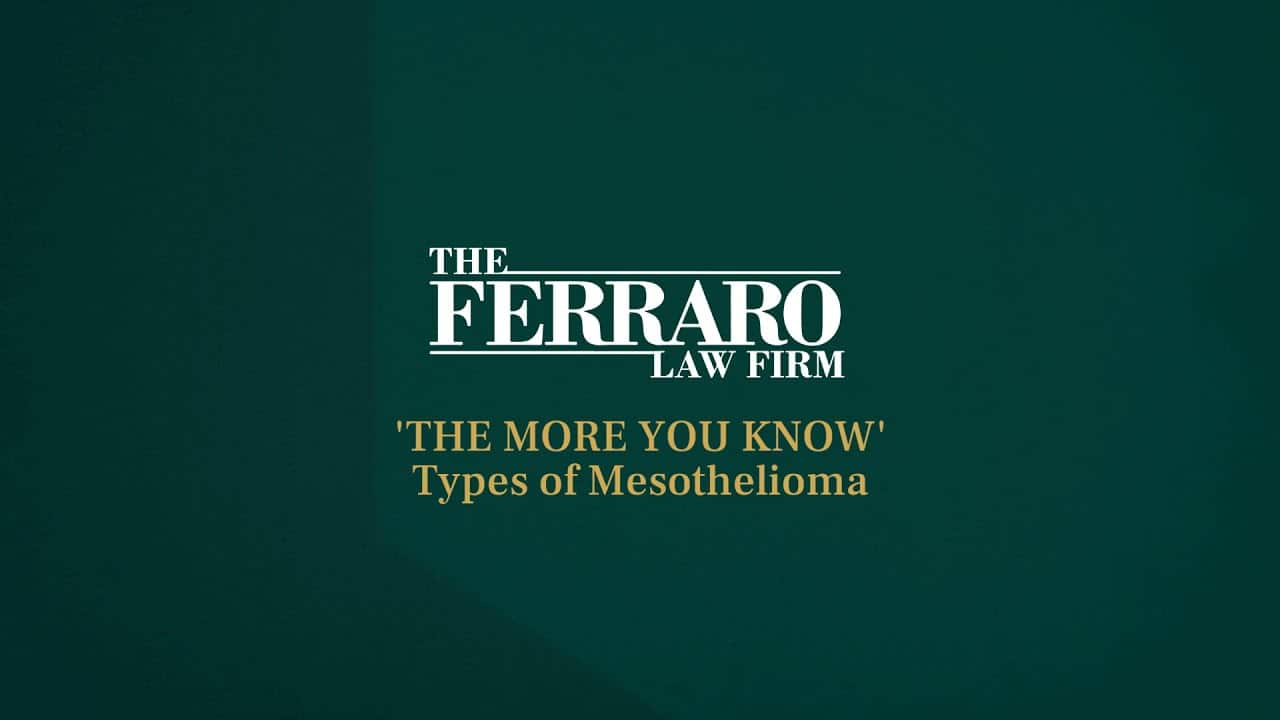If you were seriously injured, remember that it is crucial to choose the right law firm to represent your interests. We have been doing this for more than three decades, and have the resources you need to challenge any opponent.
Asbestos Exposure Site Series Continued: Chicago, Phoenix, and Honolulu
In our continuing series about the nation’s most well-known asbestos exposure sites, this week takes a look at some sites in major cities, as reported by the Centers for Disease Control and Prevention.
Mesothelioma Lawyers are dedicated to fighting for victims who have been exposed to asbestos, which may cause mesothelioma, a deadly form of cancer that develops in the body’s organ lining. As previously reported by Mesothelioma Lawyer Blog, asbestos was never officially banned by the United States, but most companies no longer use the carcinogen once common in insulation and other products.
Mesothelioma is one of the most serious and deadly forms of cancer. Unfortunately, the incubation period is anywhere from 30 to 40 years, so many people don’t link diagnosis to asbestos exposure decades earlier. Those most affected are military personnel and those who worked in mills or construction sites decades ago.
This continuing series aims to educate those who lived near (or worked at) some of the nation’s most notorious sites, which have been documented by the federal government as having asbestos in the air and soil to this day. Many have a connection to the infamous Libby, Montana mine operated by W.R. Grace and Company, which affected thousands of people.
Mesothelioma in Chicago: This W.R. Grace & Company facility operated from 1974 to the 1990s and was contaminated with asbestos.
According to the CDC, the plant exfoliated vermiculite used to manufacture other products. In a nearly 20-year time frame, the plant processed more than 273,000 tons of vermiculite. Deposits of mined vermiculite can be contaminated with naturally occurring asbestos.
The plant closed in 1996 and sold the 6.4-acre site to Royal Corinthian two years later. That company manufactures marble columns and rails inside the building formerly used for vermiculite processing. The surrounding area is light industrial, with the closest residential area about one half mile east. In 1990, 3,000 people lived within a mile.
Mesothelioma in Phoenix: The W.R. Grace & Company and Solomon’s Mines site was located at 4220 West Glenrosa Avenue in Phoenix.
The CDC offers little information about this particular facility, other than the Libby, Montana mine operated from the 1920s to 1990 and this particular site may have received vermiculite from Libby during those years. The Phoenix site stopped processing Libby vermiculite in 1992, but is still operational today.
Mesothelioma in Honolulu: The CDC identified a vermiculite site in Hawaii at 842-A Mapunapuna Street in Honolulu. The site operated from 1954 to 1983.
The Agency for Toxic Substances and Disease Registry, believes people who currently live near, worked at, lived with someone who worked at or lived near the plant could be at risk for exposure to asbestos. Consult with a doctor who specializes in asbestos-related disease.
The Ferraro Law Firm provides extensive legal services, including cases related to asbestos exposure and mesothelioma lawsuits.
Table of Contents
Frequently Asked Questions: Mesothelioma & Asbestos
What is asbestos?
Why is asbestos dangerous?
What are asbestos-related diseases?
What causes mesothelioma?
What are the different types of mesothelioma?
What are common mesothelioma symptoms?
Do I qualify for compensation if I have mesothelioma?
What is the life expectancy for someone with mesothelioma?
Do I qualify for compensation if I have mesothelioma?
Contact The Ferraro Law Firm at (888) 554-2030 to explore your legal options with our knowledgeable legal team.






